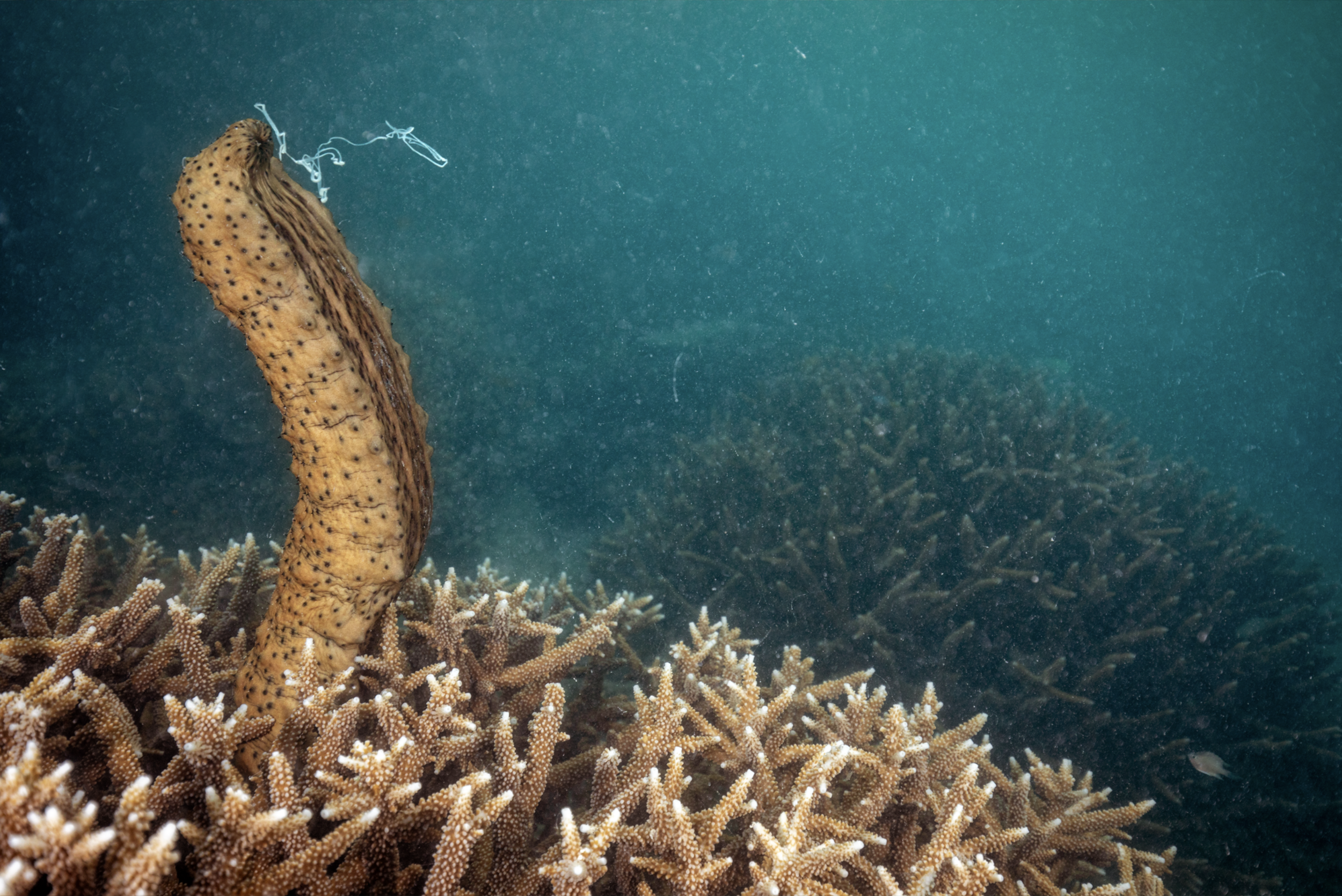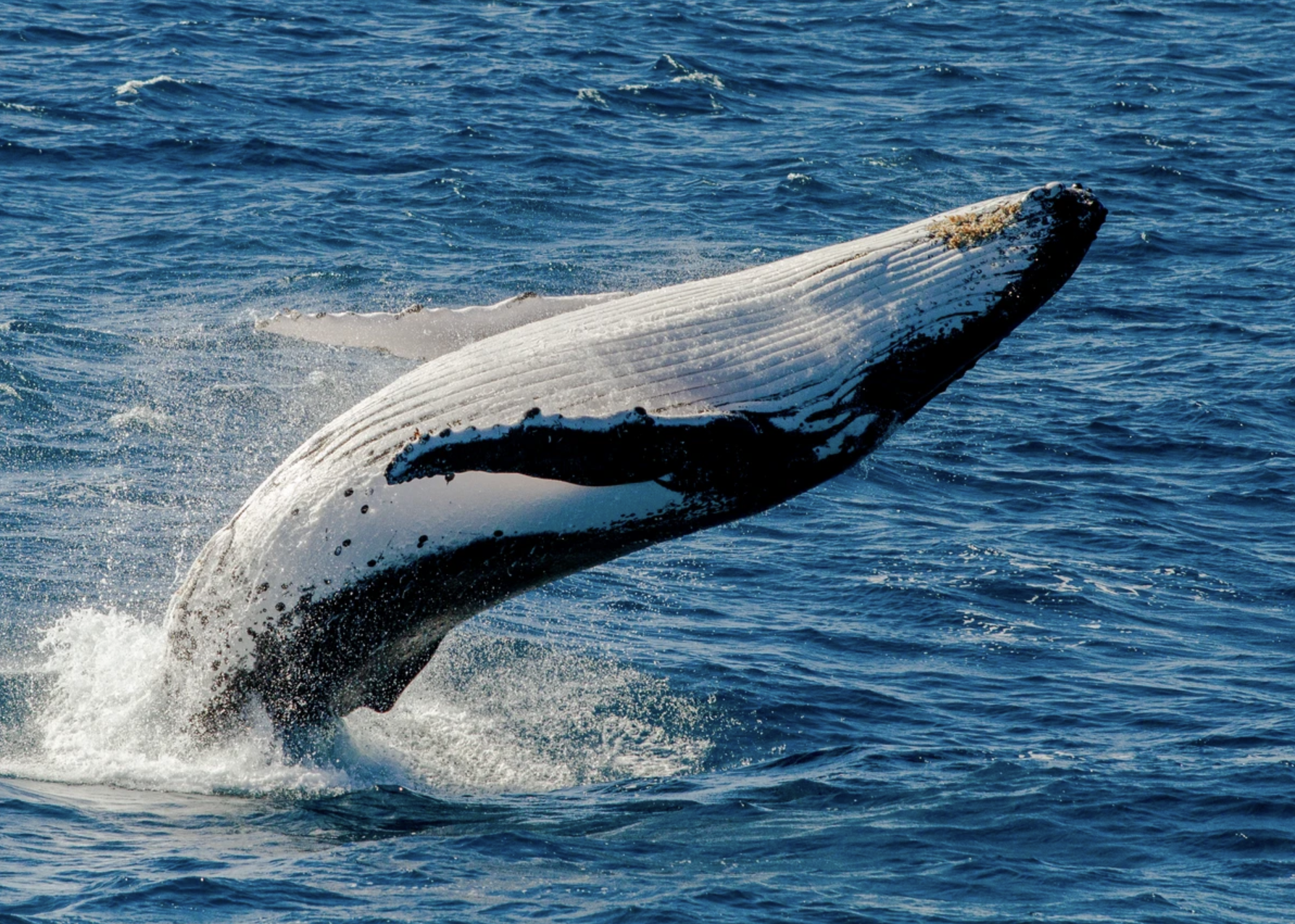do you sea what I sea?
Enjoy a glimpse of the incredible life below the surface. From Clams to Sharks, every creature plays an essential role in the complex underwater ecosystems that ensure balance for all living things on planet Earth.
When we learn about the unbelievable lives of even the most obscure creatures, we find they are all worth celebrating! Come along with us to learn some fun facts about life below.
Once you know their stories, you may never look at the humble Feather Star or Sea Cucumber the same way again!
Do you sea what I sea?

epaulette sharks
The common name for Hemiscyllium Ocellatum is a fun one -as far as species names go- the Epaulette shark. As the two black spots behind each pectoral fin, mimic military shoulder epaulettes. However, there is another name this clever, adaptive, reef-faring creature goes by; the walking shark.
Walking sharks! Can you imagine it? When the tide drops and coral reef crests become exposed, these little sharks use their fins as limbs to walk over coral between tidal pools off the coast of Australia, Papua and Indonesia. Not only can they adapt their fins into walking limbs, they have incredible resistance to low oxygen conditions above the surface.
These walking sharks can survive with ‘less than 5% oxygen for over three hours, without loss of behavioural responsiveness.’ A shark surviving out of the water, we think these Epaulettes deserve all the decorations the military can offer!

white tip reef sharks
These Whitetip Reef Sharks Triaenodon Obesus are a key indicator species for the health of the Great Barrier Reef. They love to rest during the day and come out at night to feed on smaller reef life like eels and fish, keeping the delicate ecosystem in balance. The reef shelves and caves offer perfect protection for these small sharks to hide and hang out in groups. They only grow up to about 1.5 metres in length, not to be confused with Oceanic White Tips, which can be over 3 metres!

feather stars
These Feather Stars Crinoidea are a 200-million-year-old species and can have between 5 and 200 limbs! Their slender curls furl and unfurl in a plankton-rich current; their food simply sticks to their cirri, velcro-like tendrils. The stars appear effortless and stoic in the seas, dainty yet stately. Despite having no eyes, heart or brain, these lily-like invertebrates have some impressive characteristics. Scientists have noted they are less affected by the rising sea temperatures of climate change than the coral reefs they are often found thriving among. They also have an impressive ability to endlessly regenerate, limb after limb, with no known limit. These delicate little feathers seem quite hard-core to us!
sea cucumbers
This humble sea slug may not look like much at first glance, but the self-defence mechanism of Sea Cucumbers Holothuroidea are enough to make us think twice before reaching out… When under threat, some ensnare their enemies in long, sticky fibres and others eject their internal organs out of their anus to escape capture! These released body parts are quickly regenerated, not unlike a lizard regrowing a tail after a narrow escape. There are over 1,250 known species to look for during your next dive.
Check out this Sea Cucumber swaying upright during a night of mass reproduction on the Great Barrier Reef. Both eggs and sperm are released into the water column and then become fertilized as they meet. A successful spawning event requires great numbers of Sea Cucumbers participating in the ritual at once.
humpback whales
Humpback Whales or Megaptera Novaeangliae - “Big pecked New Englanders” were given this name as they were first recorded off the coast of New England, and quickly became known for their huge pectoral fins - the largest of any animal in the world. These fins are roughly one-third of the body length, meaning a single fin can be up to five metres long!
Humpbacks love to slap their fins and tails on the surface, and breach their entire bodies out of the water, creating tremendous splashes. It’s common to see Humpbacks splashing about as they migrate from the icy polar regions to warmer areas for calving season. These mighty, majestic creatures can swim up to 10,000 kilometres on their annual migration, travelling the whole return journey on empty stomachs!
giant clams
Giant Clams Tridacna Gigas were once considered to be man-eaters! The legend claims that a man lost his leg after it was clamped shut inside the giant shell… But that’s just a story! No mortalities have ever been recorded.
Nowadays, Giant Clams need protection from humans. Once abundant, the clam is now classified as ‘Vulnerable’ on the IUCN Red List of Threatened Species. Weighing an average of 200 kilograms, Giant Clams are the largest molluscs on earth. But sadly, their bountiful size makes them a prime target for hunters looking for food, shell and aquarium trophies. As the Giant Clam faces habitat loss and over-exploitation, we prefer to enjoy their galaxy-like beauty in well-protected marine areas.
jellyfish
Jellyfish Scyphozoa aren’t just drifters; they’re survivors. They have been pulsing around the world’s oceans for millions of years, even before dinosaurs roamed the Earth! Jellyfish are the most efficient swimmers in the sea. While some ride the current, others propel themselves forward by ‘contracting their bell-shaped body, then propelling water away from the direction of travel’.
Jellyfish use mini stinging cells on their tentacles to paralyze their prey before eating. Mouths they have, but backbones they do not. This makes them invertebrates, which means jellyfish aren’t really fish at all!
manta rays
The Manta Ray Manta has the largest brain-to-size ratio of any cold-blooded fish, which makes it highly intelligent. Mantas are also highly threatened, but if given the chance to live out their natural lives, the average lifespan is 50 years.
Reef Mantas, like those photographed below, like to live along the coastlines in the Indo-Pacific, and have a wingspan of up to two metres. The giant Oceanic Mantas stretch an incredible 8 metres across and were only discovered as a distinct species in 2008!
sea turtles
Six of the world’s seven sea turtles live on the Great Barrier Reef. One of our favourite sightings are the beautiful Green Sea Turtles who get their colour from their chlorophyll-rich diet. Another one of their favourite snacks to munch on is coral. Caring for reefs not only ensures the health of coral but also helps the countless other marine species that depend on it for survival.


























